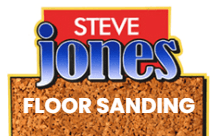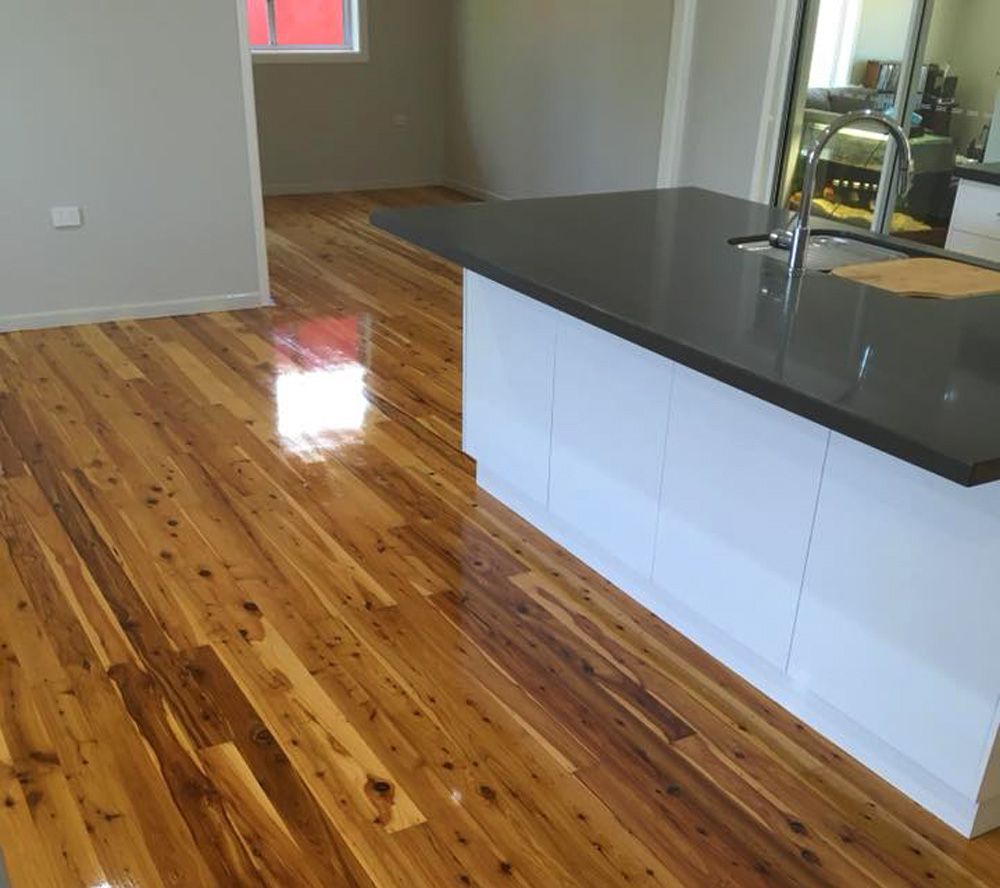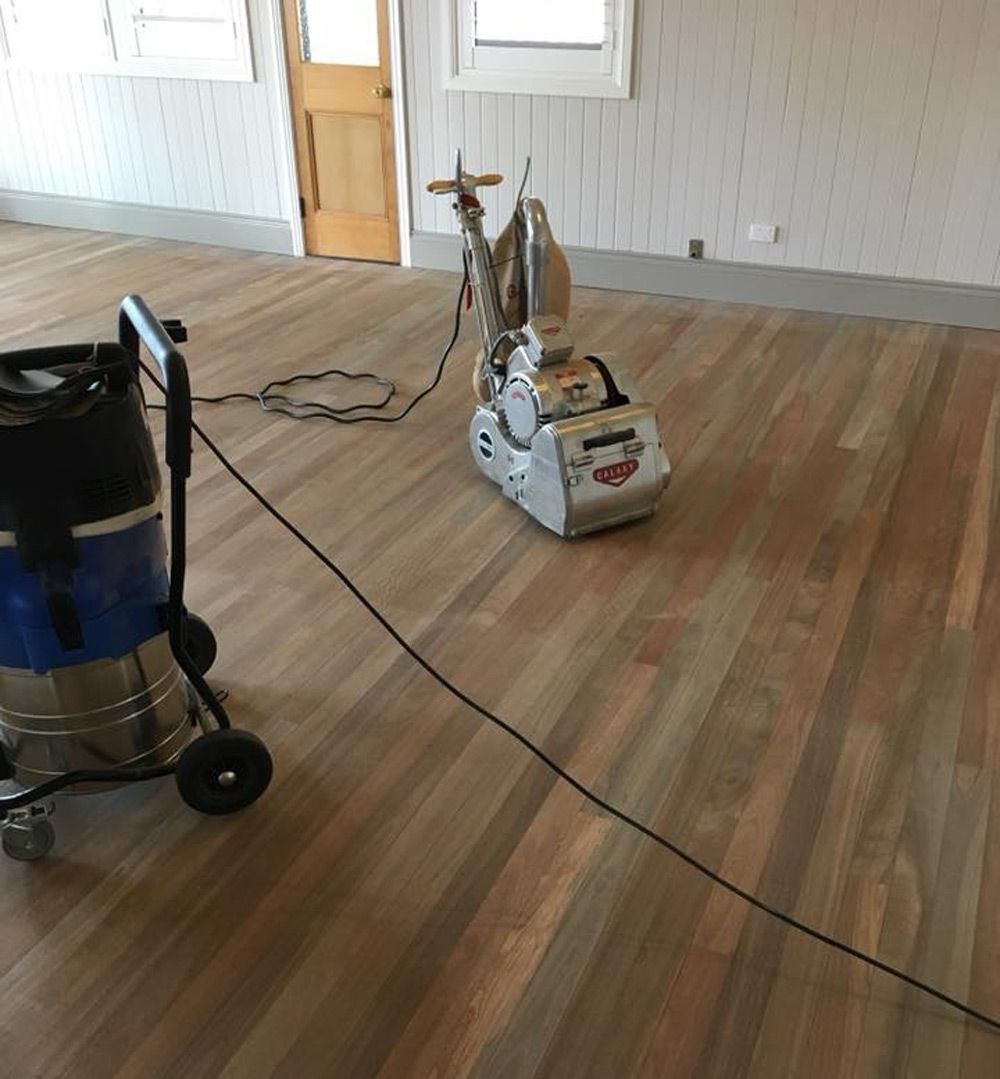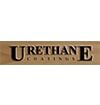What Causes Squeaky Floors?
There's something uniquely comforting about the quiet of a well-maintained home. However, this tranquillity can be shattered by the unexpected creak of a floorboard. Squeaky floors are a common issue that many homeowners face. These sounds can signal underlying issues that need attention. Understanding what causes floor noises and how to address them can help you maintain the serene environment you cherish. In this blog, we'll delve into the factors that contribute to squeaky floors and explore practical solutions to keep your home quiet and comfortable.
Changes in Humidity and Temperature
During humid seasons, wood absorbs moisture and swells, while in drier periods, it loses moisture and shrinks. This constant cycle of expansion and contraction can lead to gaps and movement in the floorboards, causing them to rub against each other and produce a squeaky sound. Temperature changes can worsen the problem, as wood contracts in the cold, creating spaces between the boards and the subfloor. Walking over these areas causes the boards to shift and creak. Maintaining stable indoor humidity levels can help address these issues.
The Role of Subflooring in Causing Squeaks
The subflooring plays a crucial role in the stability and noise level of your flooring. A subfloor serves as the foundation for your floorboards, providing a stable surface for installation. However, if the subflooring is not properly secured, it can lead to squeaks and creaks. Gaps between the subfloor and the joists can also cause noise as the subfloor moves with each step. Proper installation and regular maintenance are essential to prevent these issues and maintain a stable, quiet floor.
The Impact of Loose Floorboards or Joists
Loose floorboards or joists are one of the most common culprits behind squeaky floors. Common causes include:
- Nails or screws that back out over time due to foot traffic and vibrations.
- Improper installation techniques that fail to secure the floorboards or joists adequately.
- Natural wear and tear, especially in older homes where materials may have degraded. Addressing these issues typically involves re-securing the loose elements with proper fasteners.
Structural Issues Within the Home
Structural issues within your home can contribute to squeaky floors. Settling foundations can cause shifts in the floor's alignment, leading to creaks and groans. As the foundation settles, the support structures can move slightly out of place, resulting in noise. Inadequate support is another concern. Insufficient or weakened support beams can cause floors to sag or flex under the weight, producing noise. Identifying and addressing these structural issues requires a thorough inspection and repairs to ensure the integrity and quietness of your floors.
Professional Assistance for Persistent Floor Creaks
Here are some signs that it's time to call in the experts:
- Persistent noise that doesn’t improve with basic fixes.
- Visible gaps or movement in the floorboards or subfloor.
- Concerns about structural integrity or foundation issues.
- The desire for a long-lasting, professional solution. Professionals can conduct a thorough assessment, identify the root cause of the noise and provide reliable floor repairs.
Transform Your Floors with Us!
At Steve Jones Floor Sanding, we understand the frustration of dealing with squeaky floors. We offer comprehensive flooring services, from sanding to maintenance. If you're tired of those annoying creaks and want a professional solution, get in touch with us!















